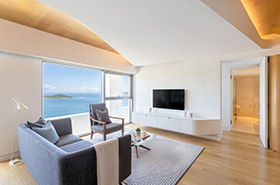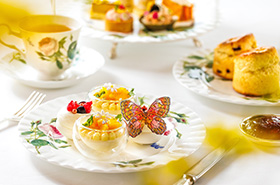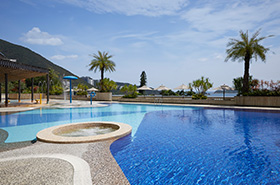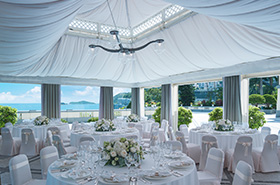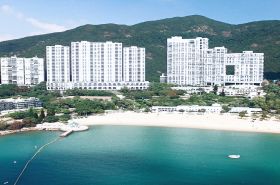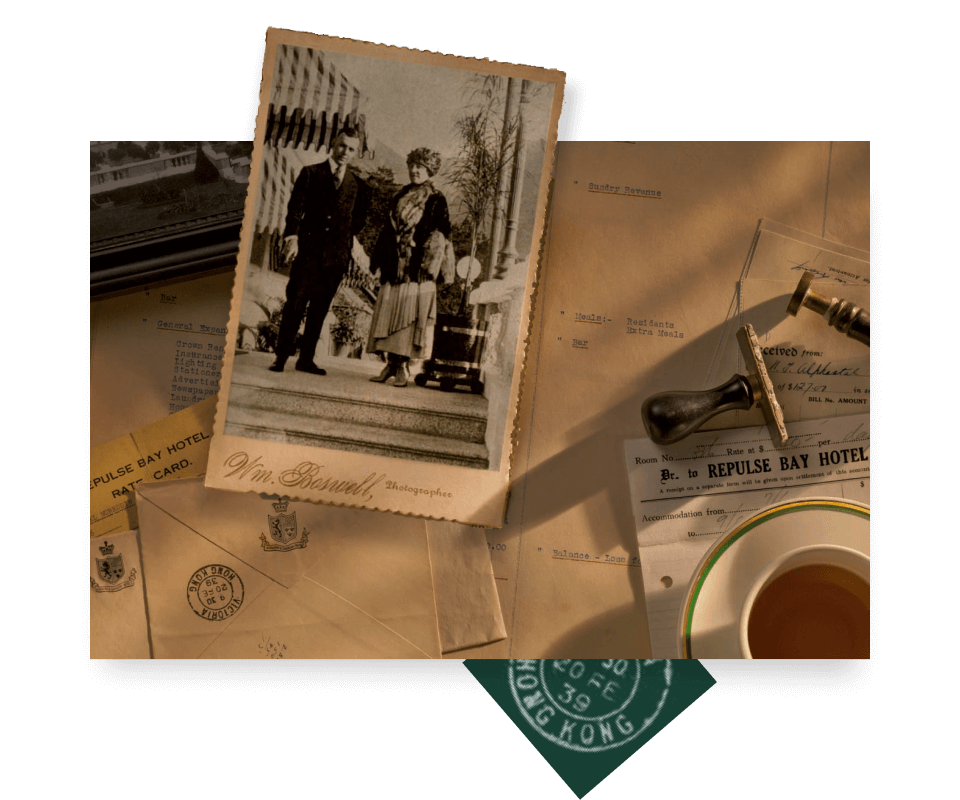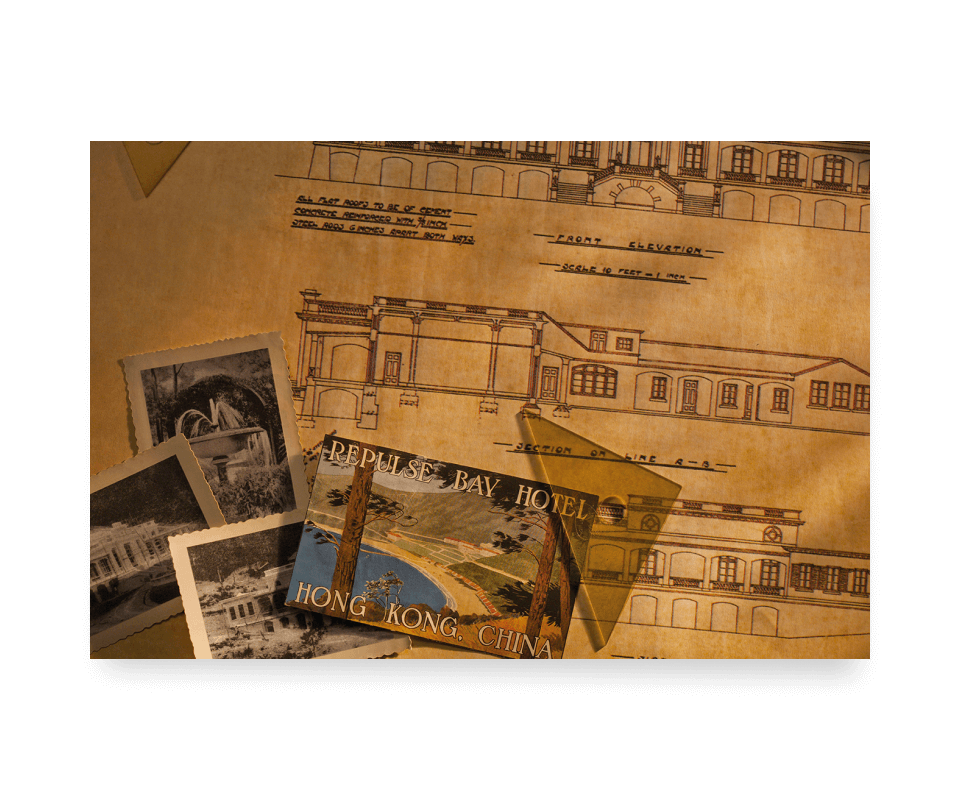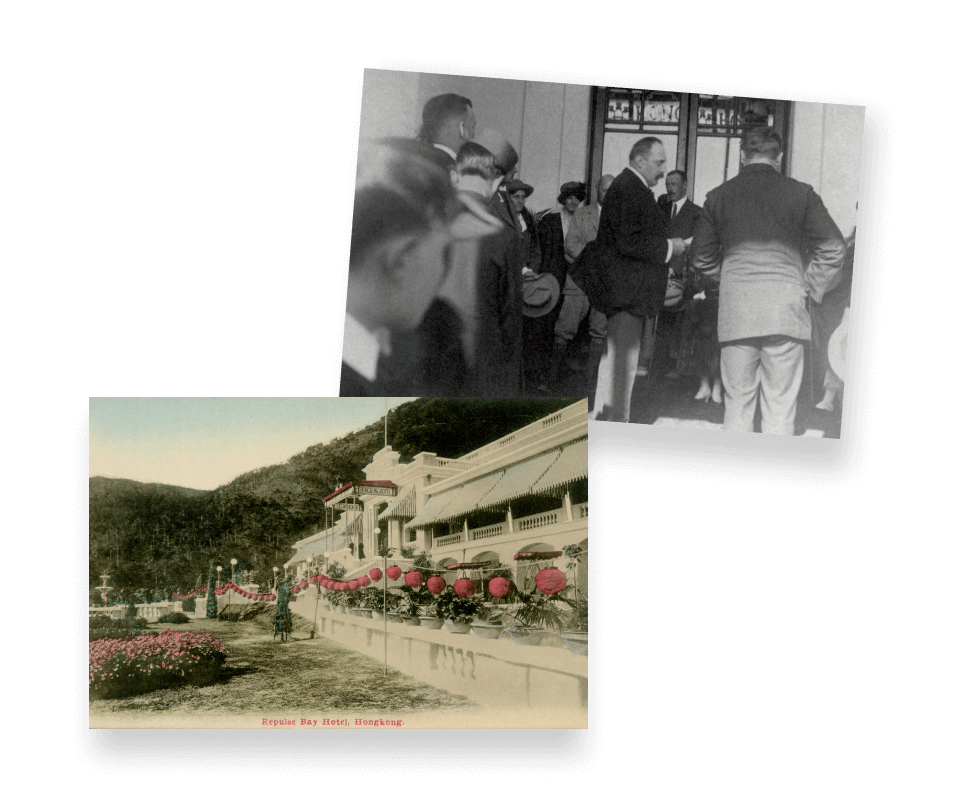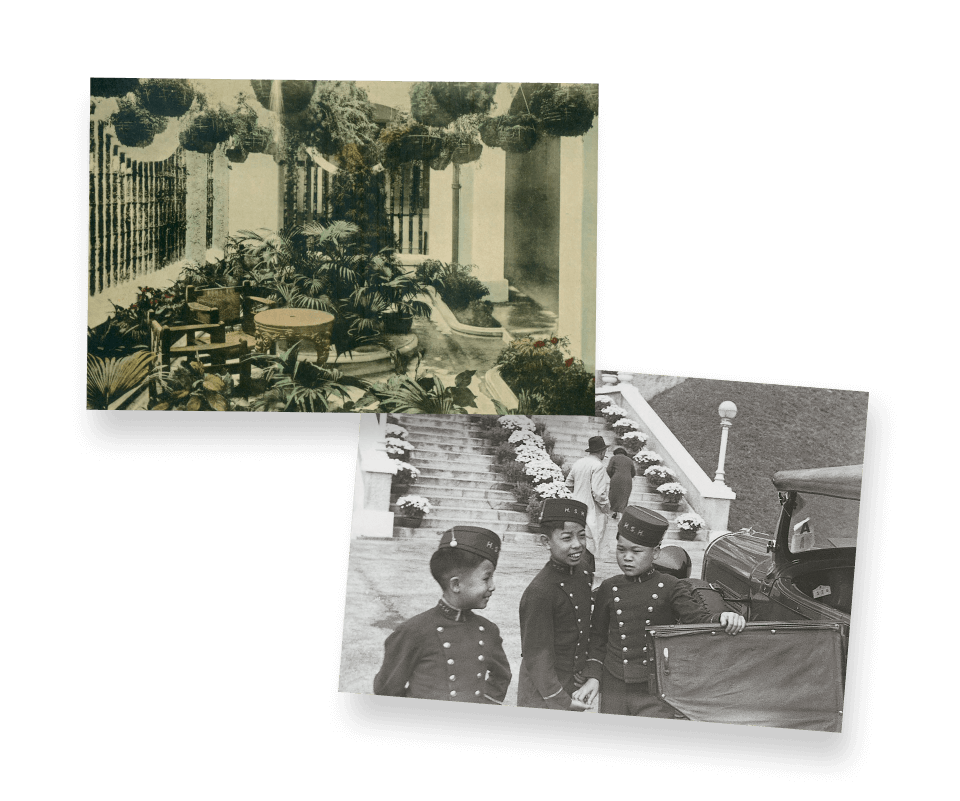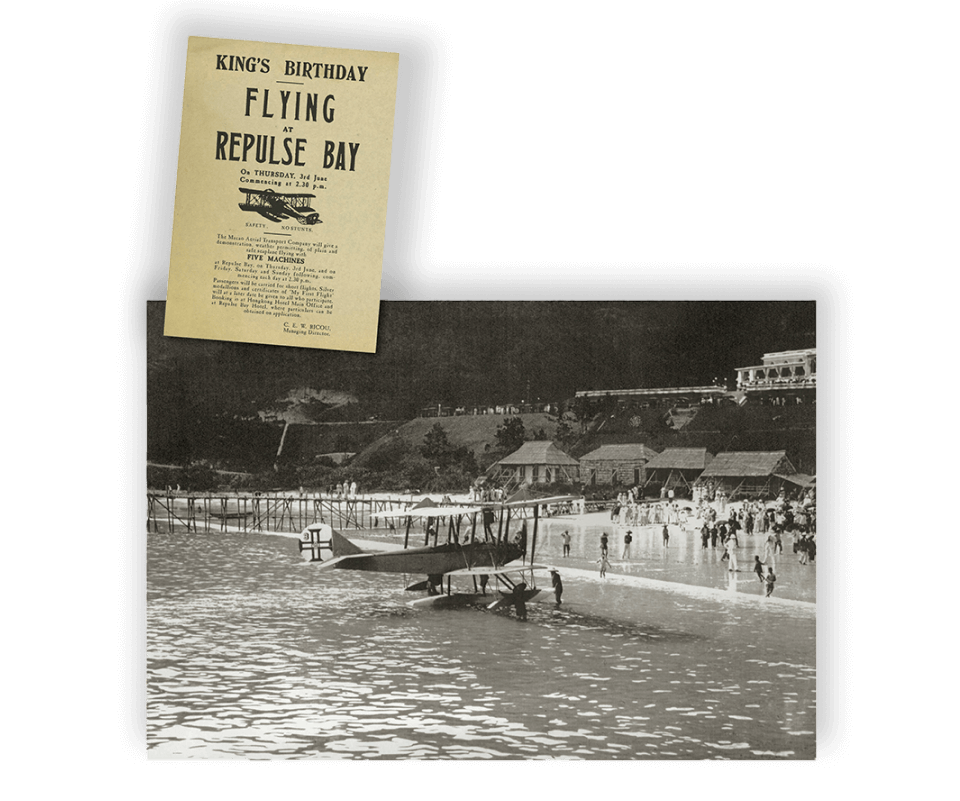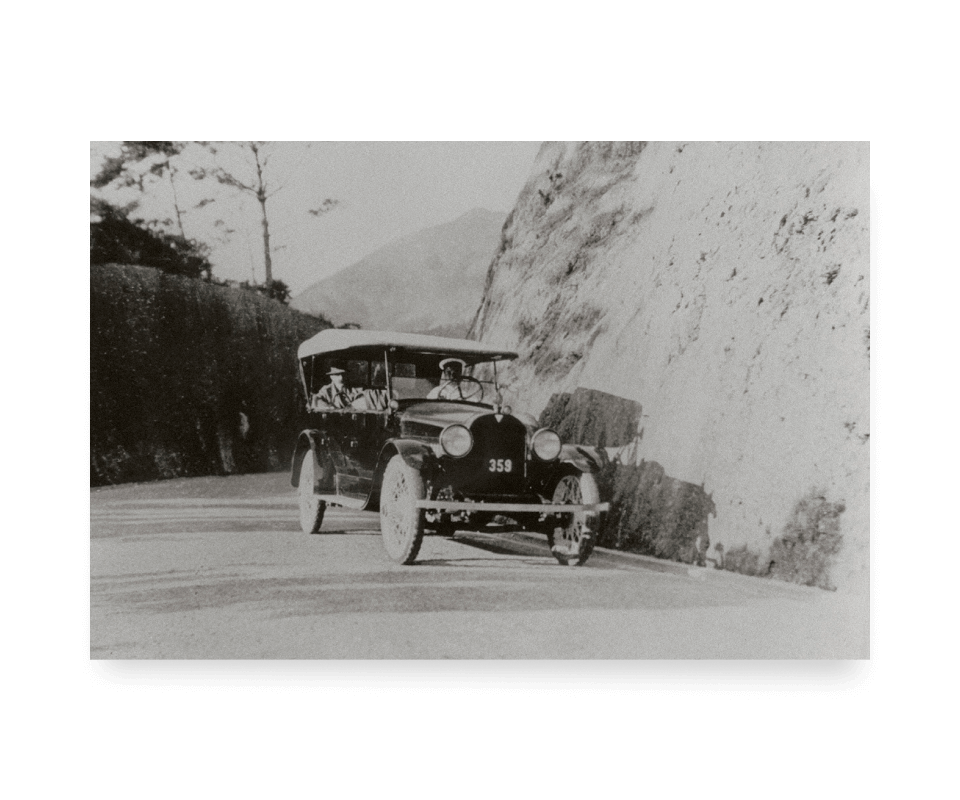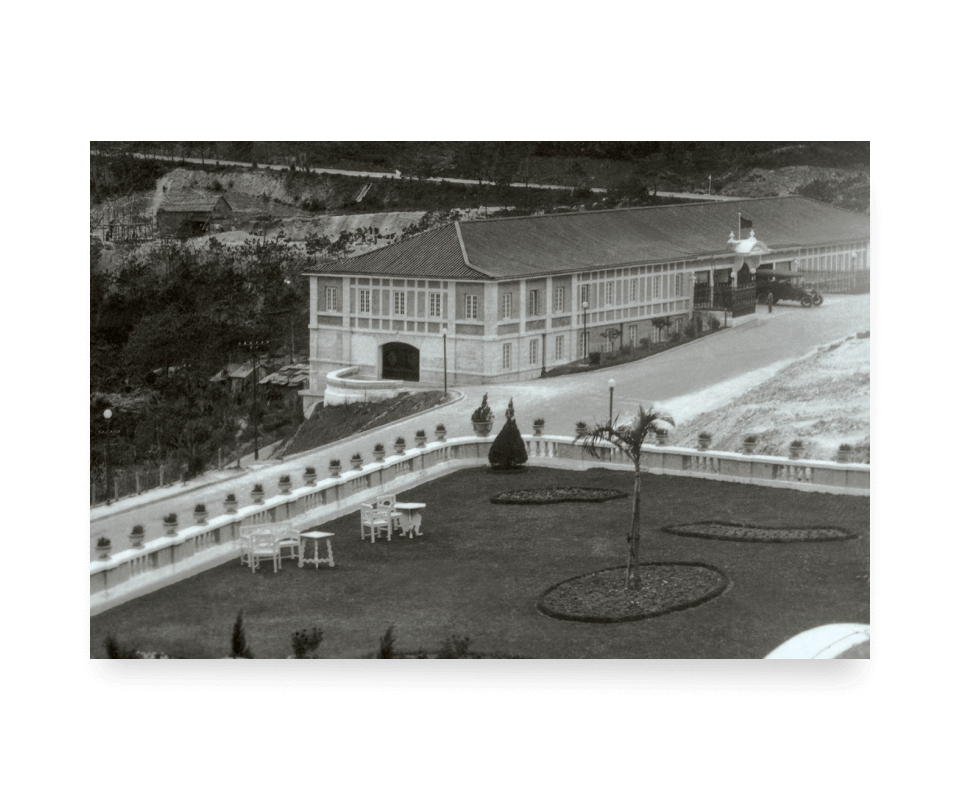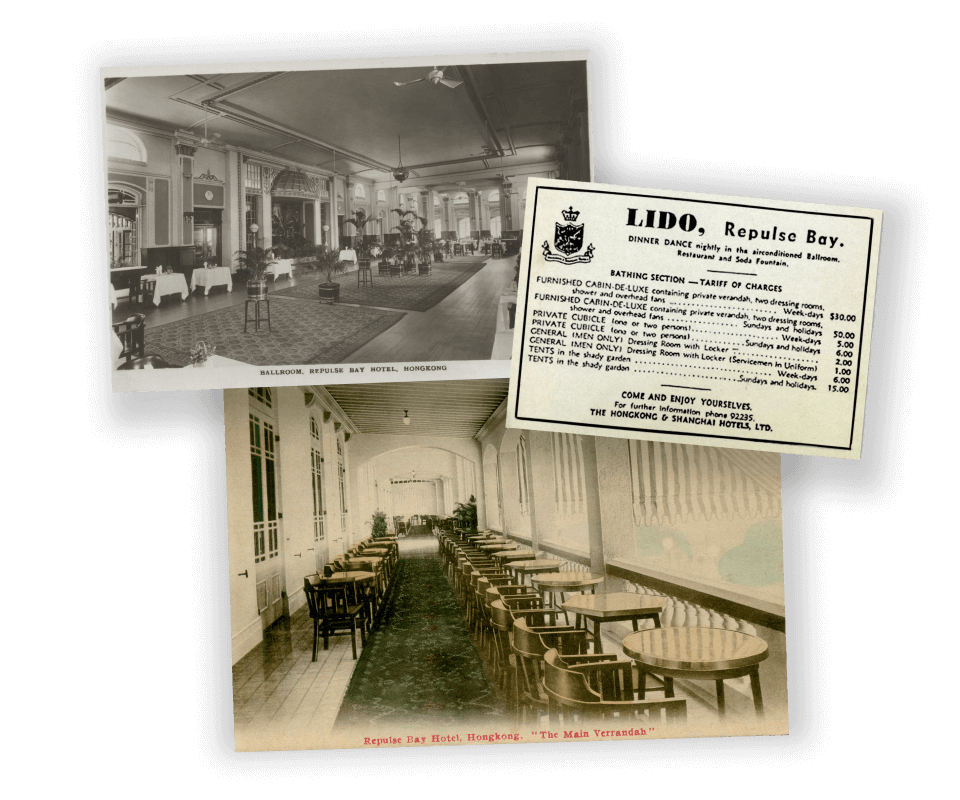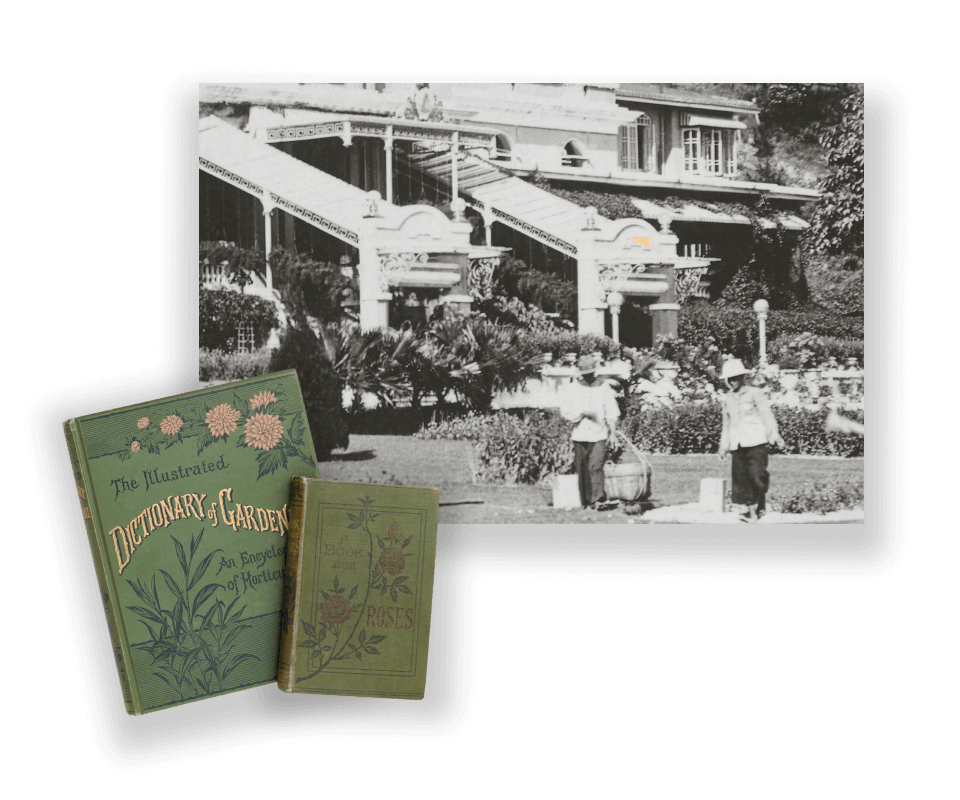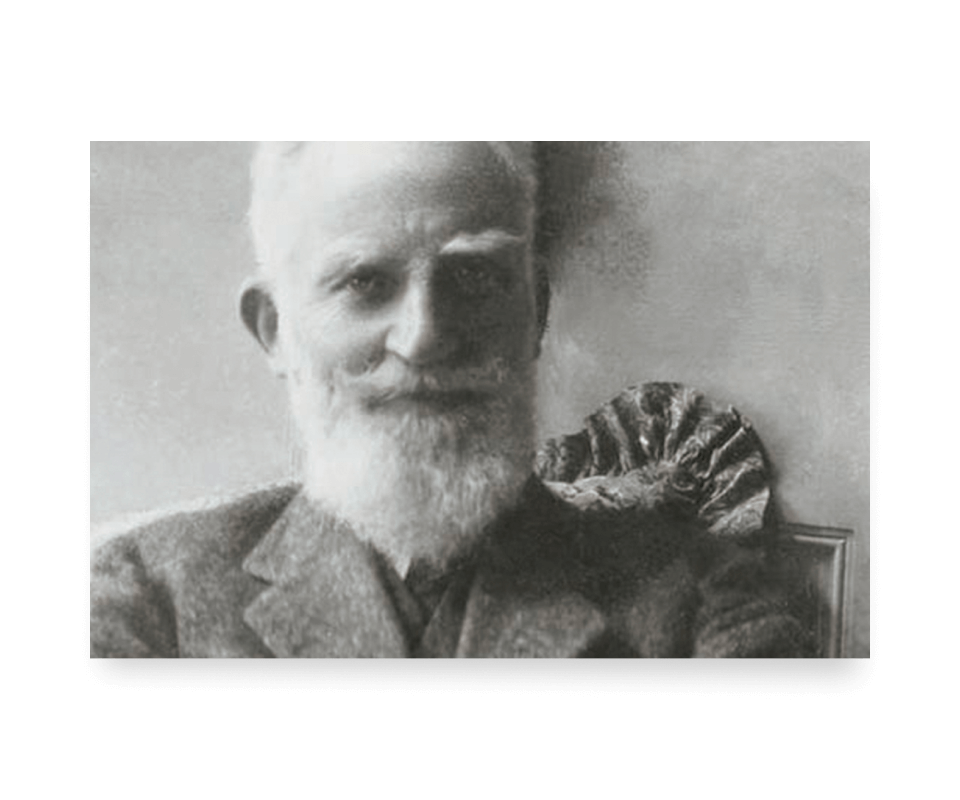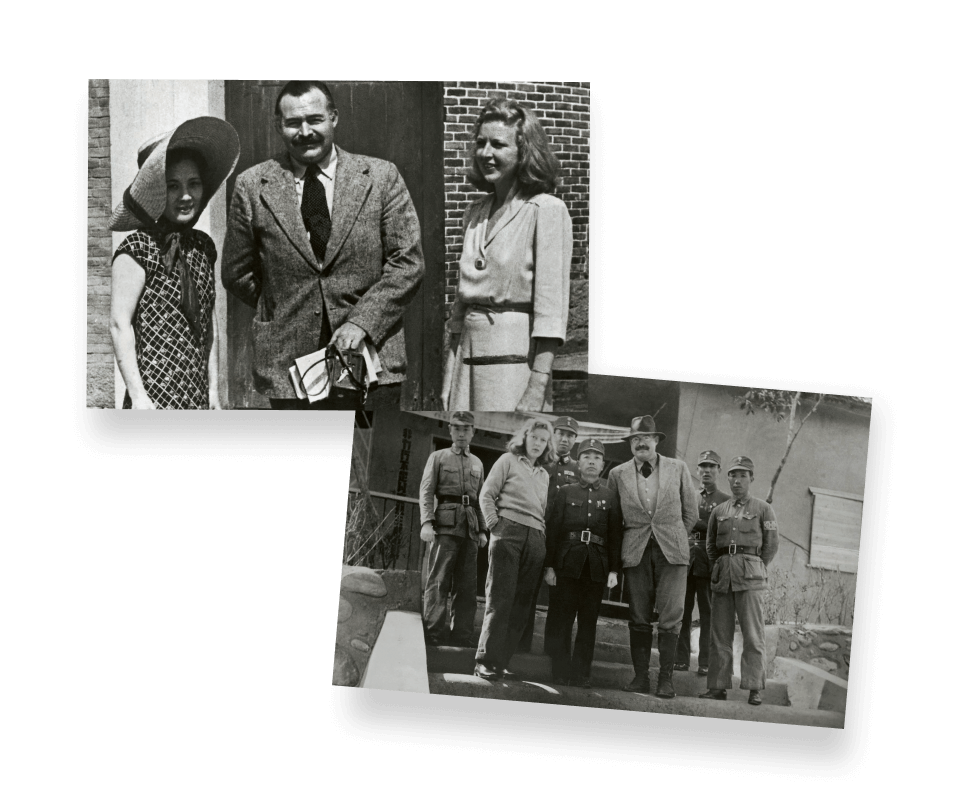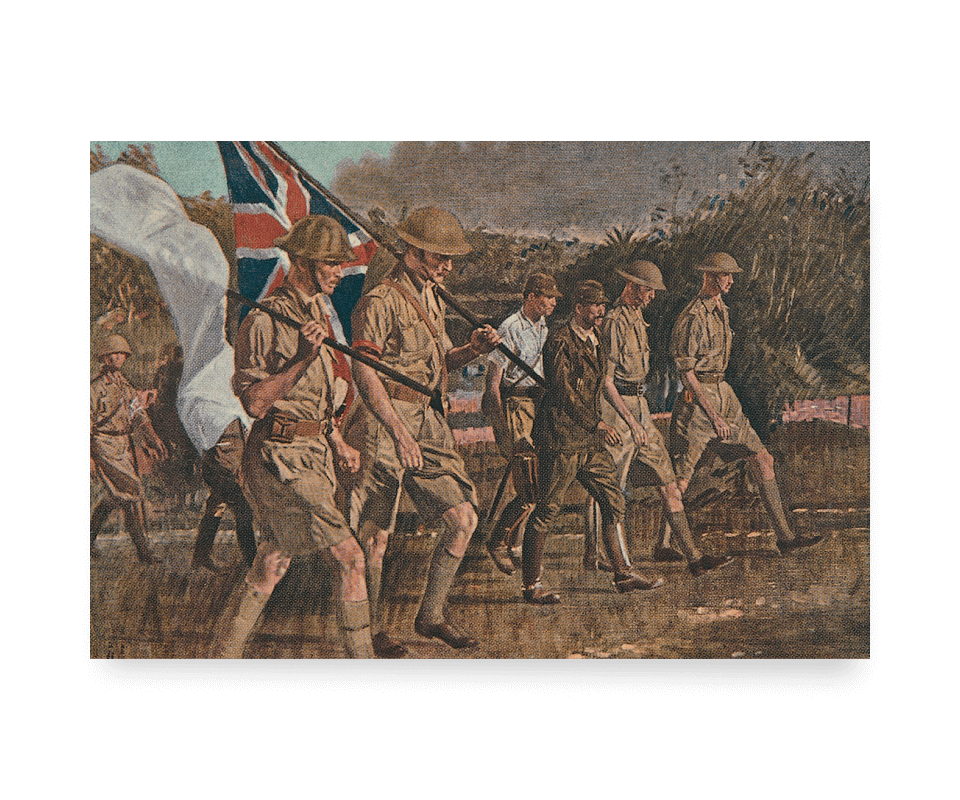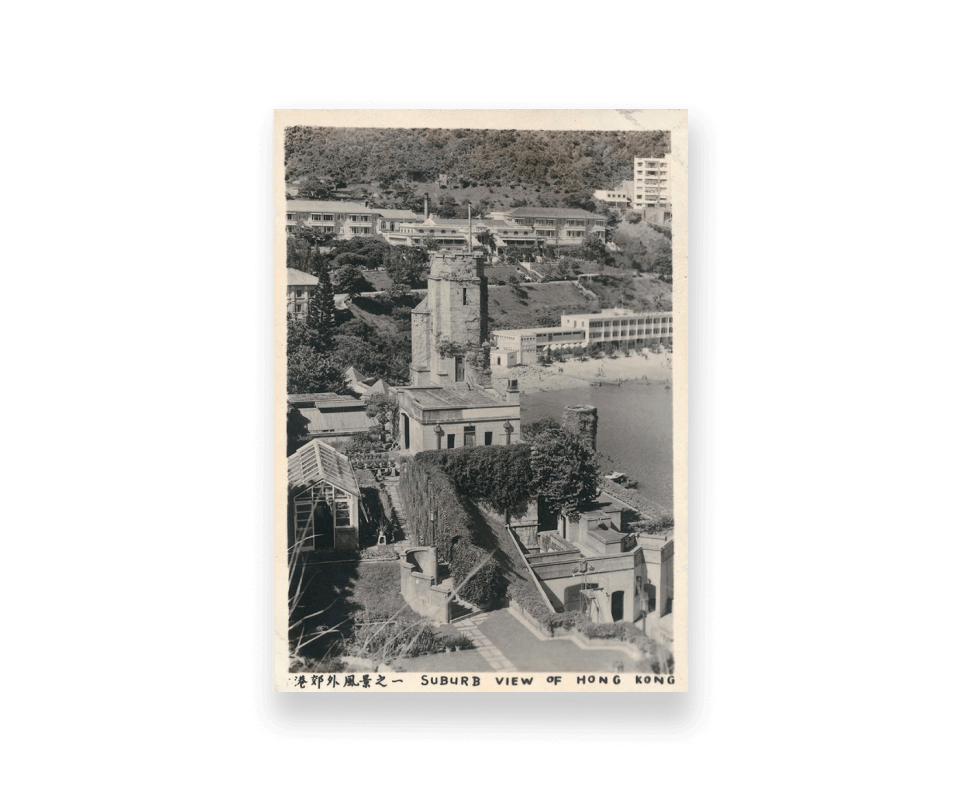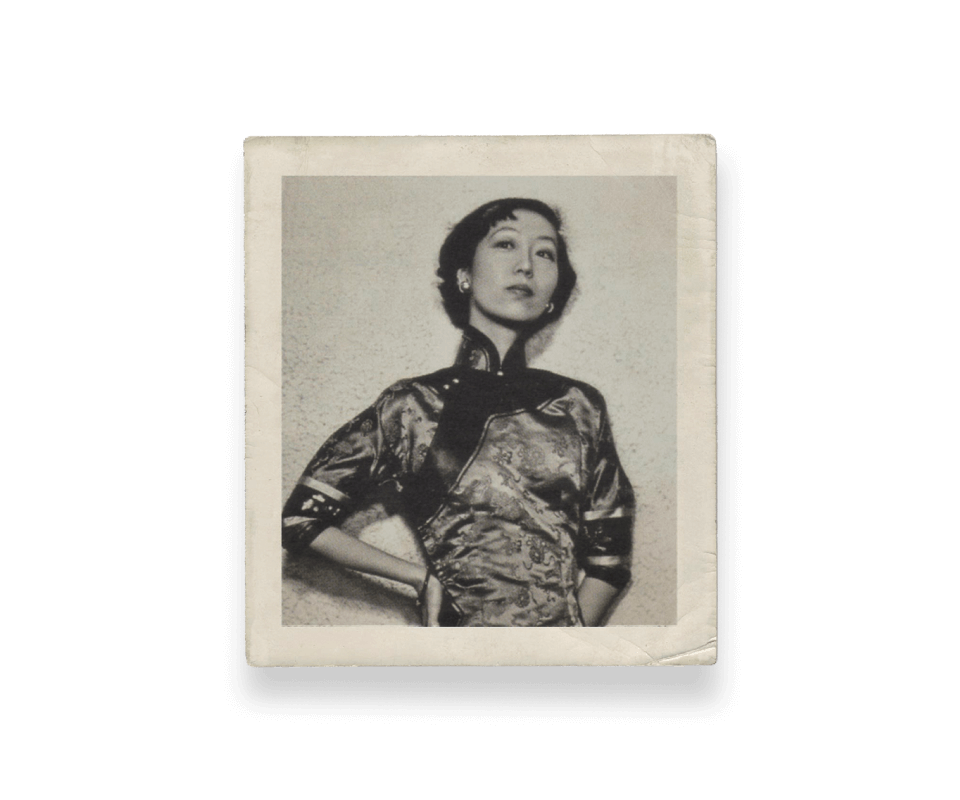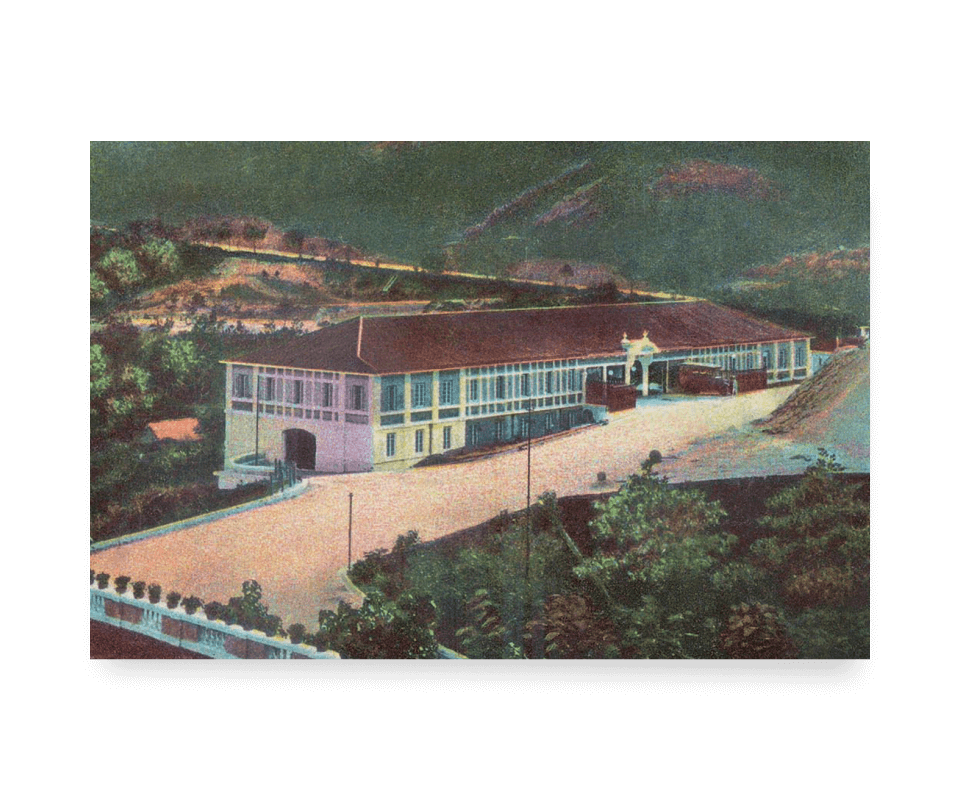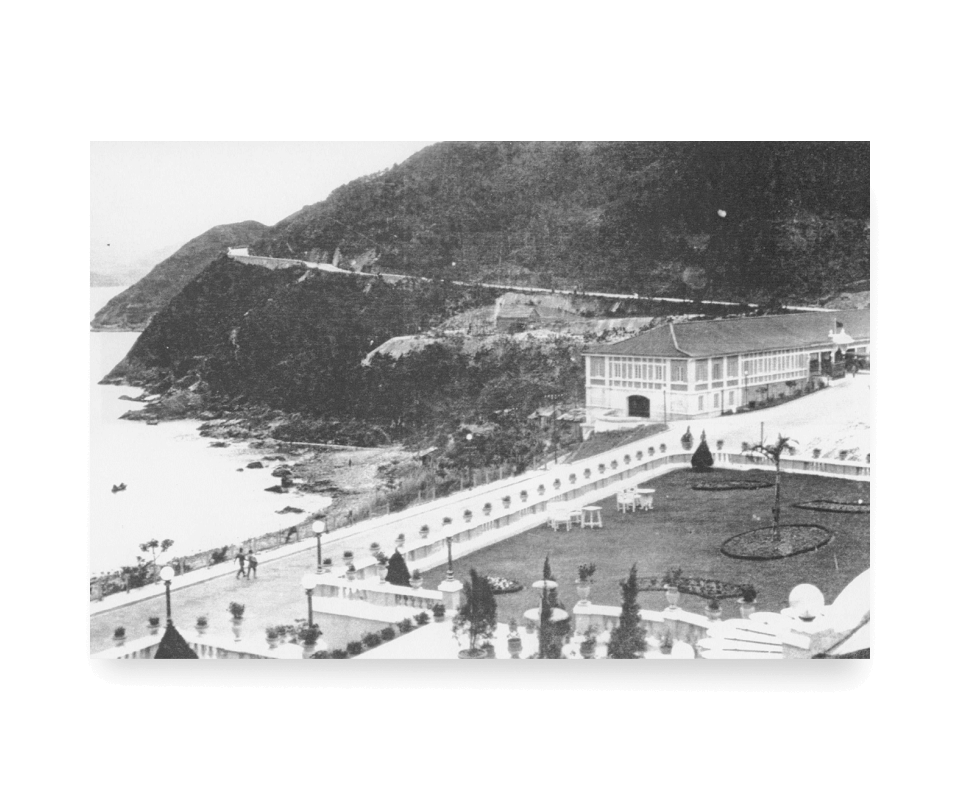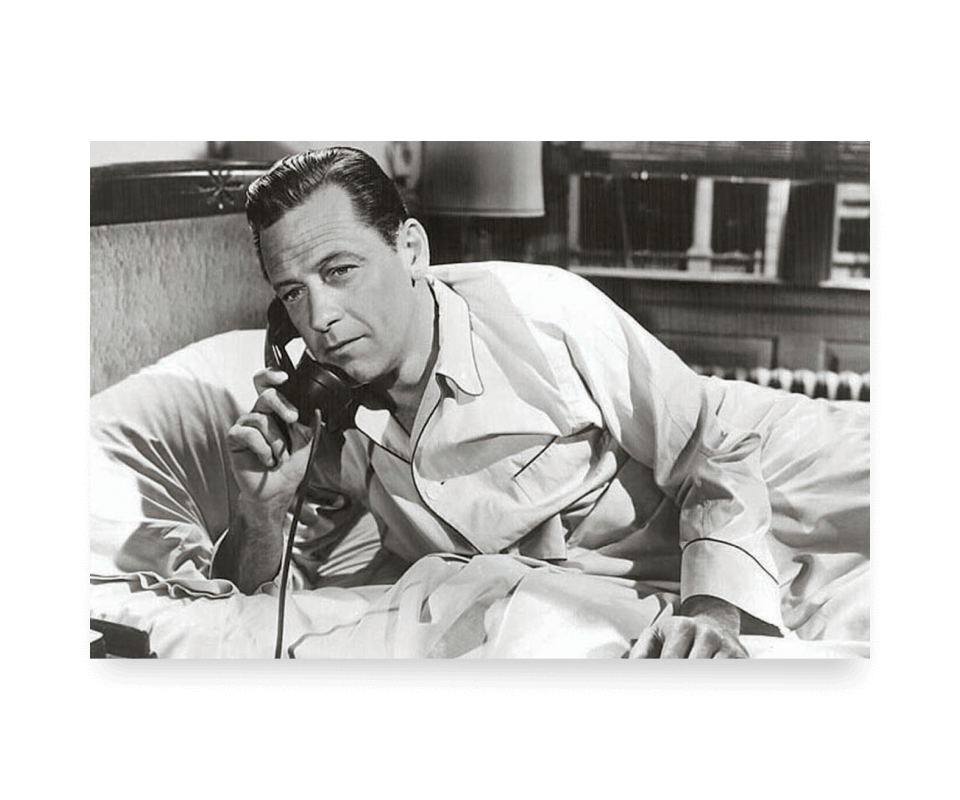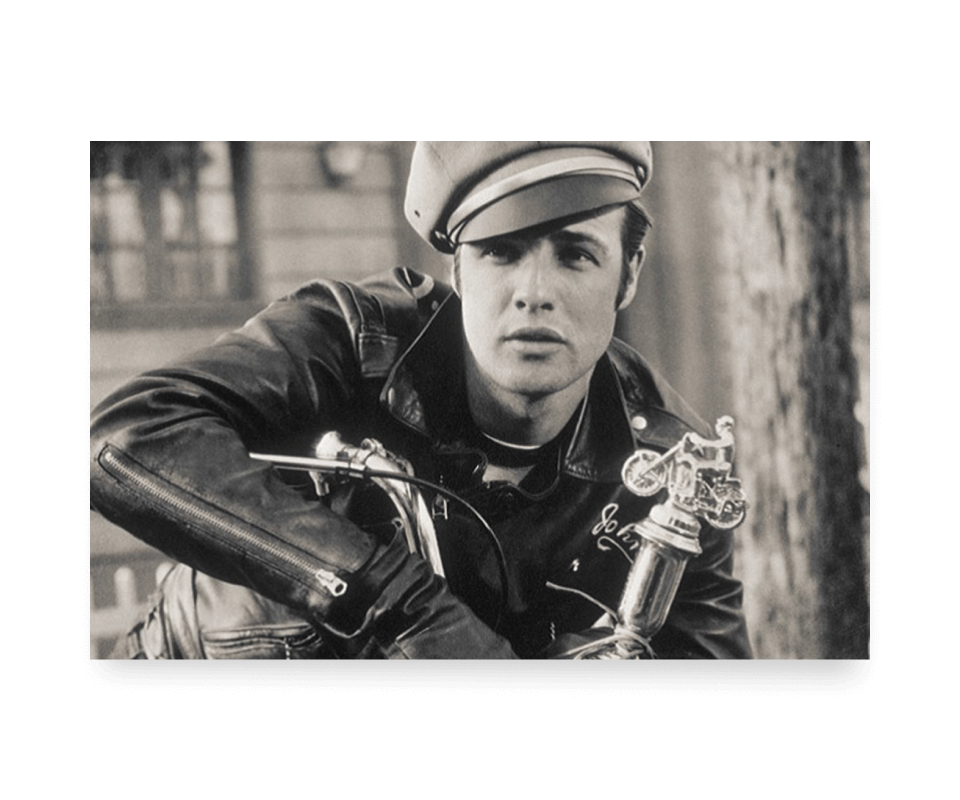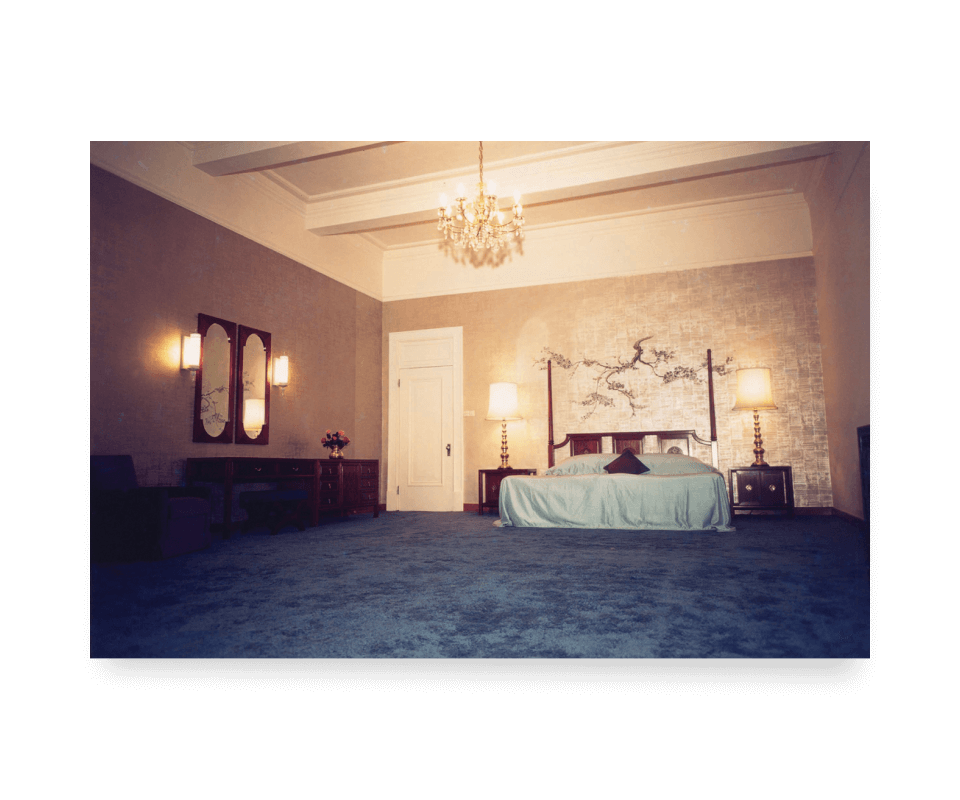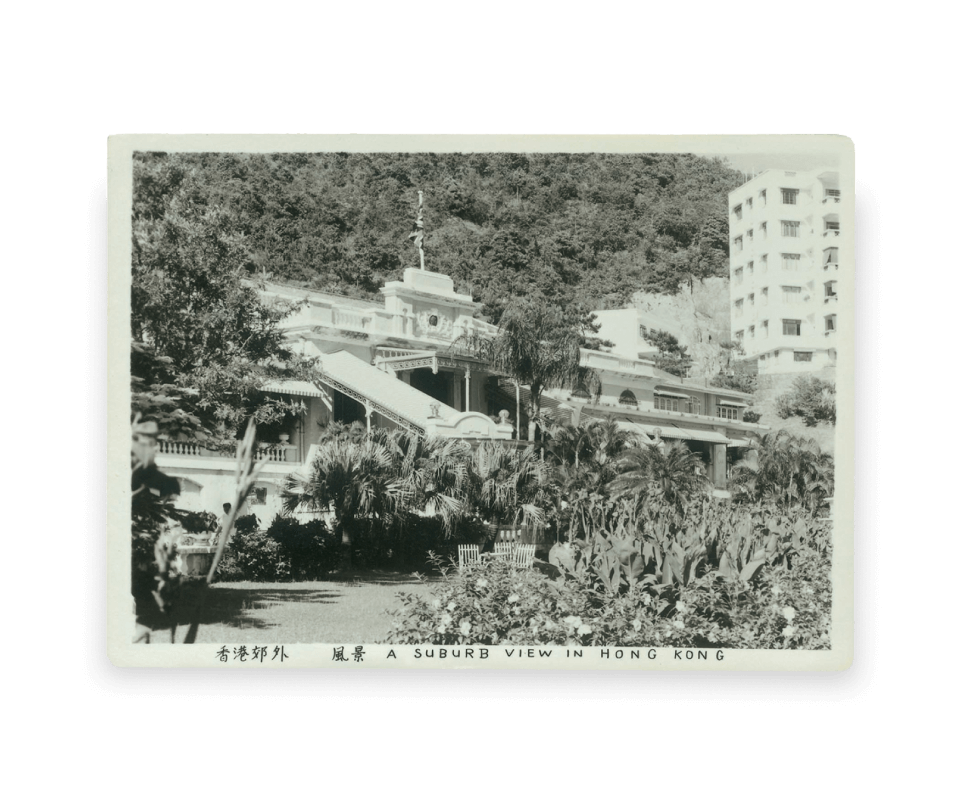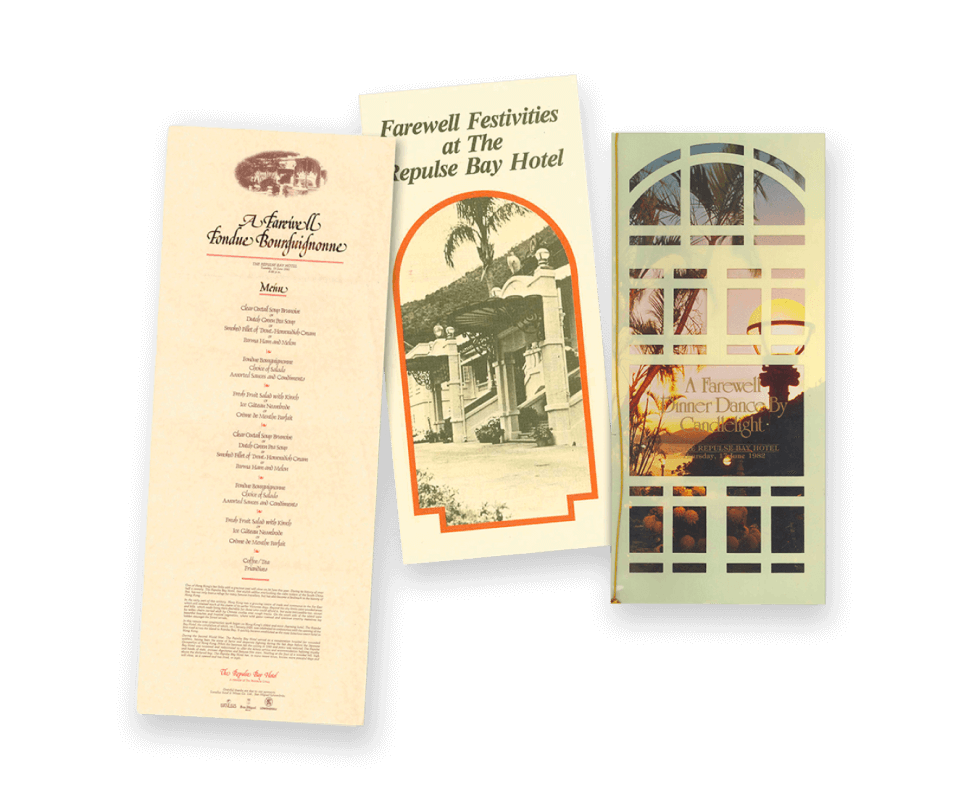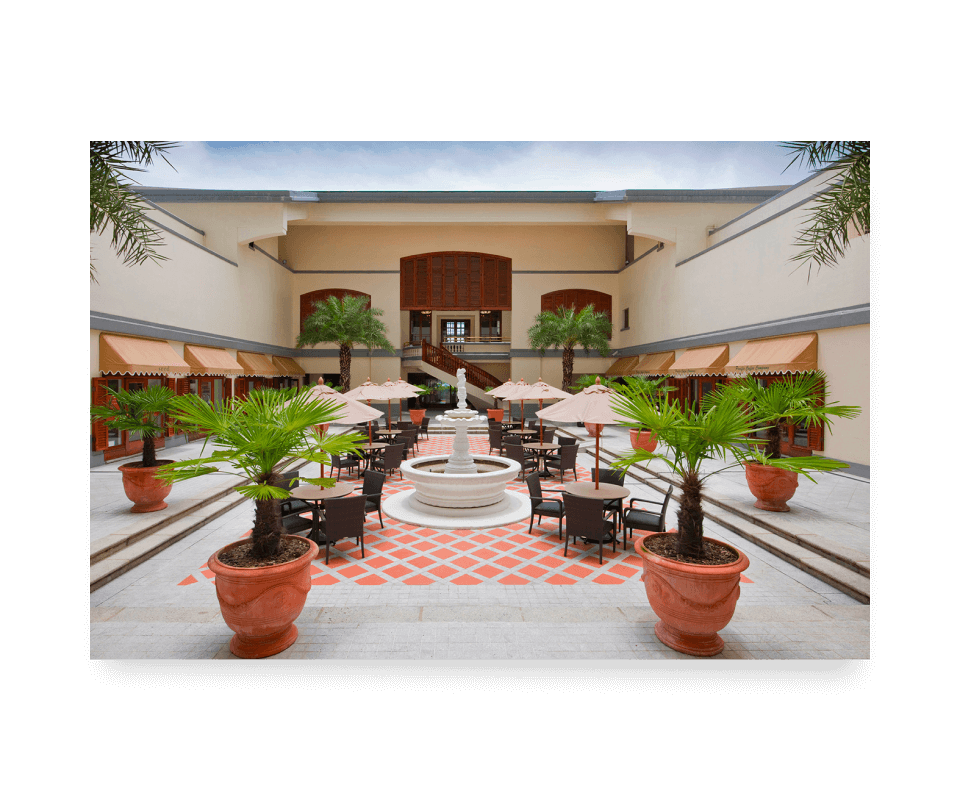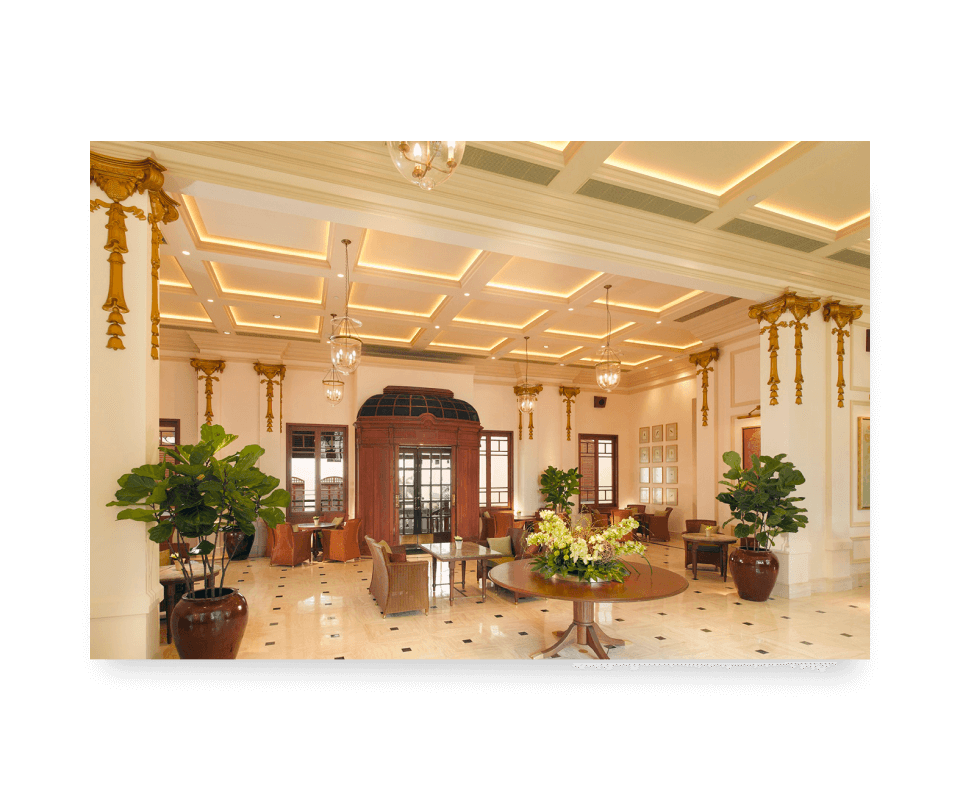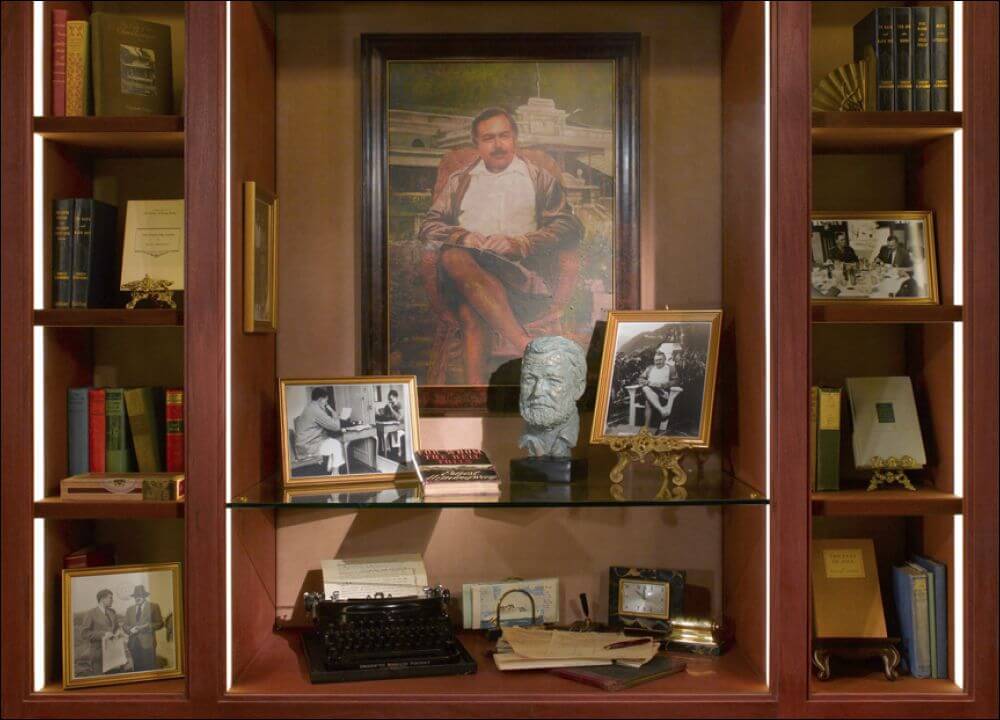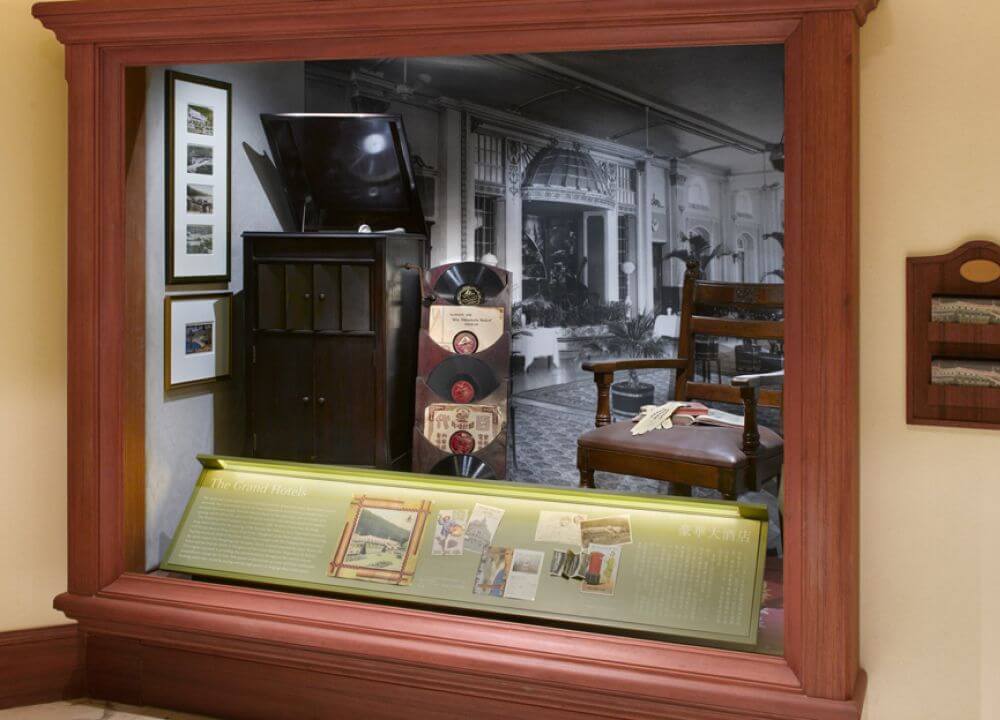Highly respected hotelier James Taggart, responsible for management of the first Hongkong Hotel, was selected to begin construction on a new hotel. He selected Repulse Bay as a location due to its resemblance to European resort towns.
Architectural firm Denison, Ram and Gibbs – the trio behind Hong Kong landmarks such as the Matilda Hospital and the student residences at the University of Hong Kong – was commissioned by local contracting company Messrs. Tsang Ying to design the Repulse Bay Hotel.
Our company negotiated with the government that if we built a hotel, they would build a road to provide access. Prior to that, the only way to access the South Side was by boat or on foot. In 1919 the road from Aberdeen to Stanley was finally completed, giving future guests a more convenient route to access the hotel.
On New Year's Day, then-governor of Hong Kong Sir Edward Stubbs K.C.M.G. officially opened the Repulse Bay Hotel to significant fanfare.
To accommodate the growing number of guests, the West Wing extension was completed, adding 29 rooms to the hotel.
With the dawn of a new era of aviation travel, Monsieur Charles de Ricou launched his Macau Aerial Transport Company (MAT). Taking advantage of surplus aircraft from the First World War, de Ricou’s company offered scenic flights by sea plane around Hong Kong from the Repulse Bay.
A regular bus service between Repulse Bay and Pokfulam was established, giving visitors even more transportation options.
Construction of Stubb’s Road commenced, eventually connecting Wong Nei Chung Gap and Repulse Bay.
With more and more guests visiting the Repulse Bay Hotel, expansion of the hotel was inevitable. Plans for an additional wing of 52 rooms were drawn up, to be constructed by Lam Woo, a local architectural firm.
With completion of the construction of Stubb's Road, access by car to Central was reduced to just half an hour.
In keeping with the jovial spirit of the era, tiffin concerts and tea dances were regularly held at the hotel to the music of the Andre’s and Revellers bands. Saturday programmes featured music by Joe Futura and his group of musicians.
An expert on roses, Mr. R. A. Nicholson, begun work on the rose garden at the Repulse Bay Hotel. In order to find the perfect roses, Nicholson imported nearly 2,000 rose bushes from England to be planted around the hotel.
Irish playwright and co-founder of the London School of Economics George Bernard Shaw visited the Repulse Bay Hotel.
While in Hong Kong during the Second World War, writer Ernest Hemingway and his wife, journalist Martha Gellhorn, chose the Repulse Bay Hotel as their accommodation.
The Repulse Bay Hotel was seized by the Imperial Japanese Army, led by General Sakai, from December 20th to 23rd.
The Repulse Bay Hotel was used as a military hospital and a recuperation centre for wounded Japanese troops.
Writer Eileen Chang wrote Love in a Fallen City, a novella about a love story during the Japanese invasion of China. Parts of the story are set at the Repulse Bay Hotel.
The Repulse Bay Hotel was temporarily renamed the Midorigahama Hotel during the war. The hotel was initially reserved for the use of the Japanese military, and later for the citizens of the Occupied Territory.
After the defeat of the Japanese, The Midorigahama Hotel name was abolished, and the Repuse Bay Hotel reinstated. However, all the original furniture and fittings were stripped away.


